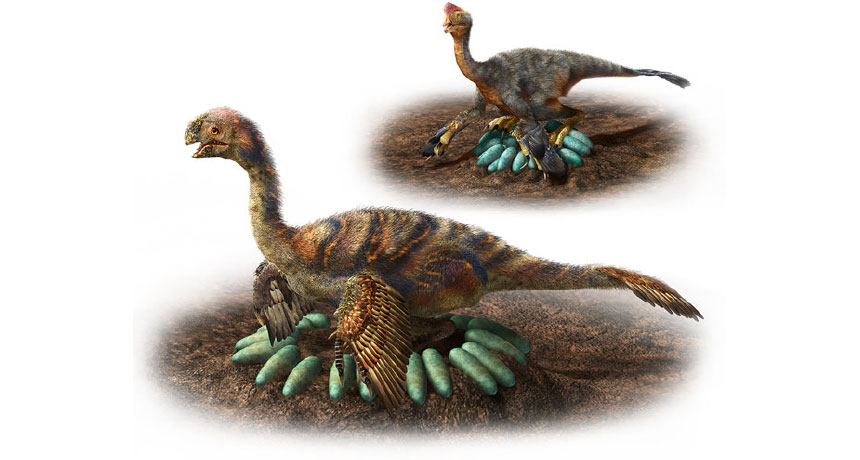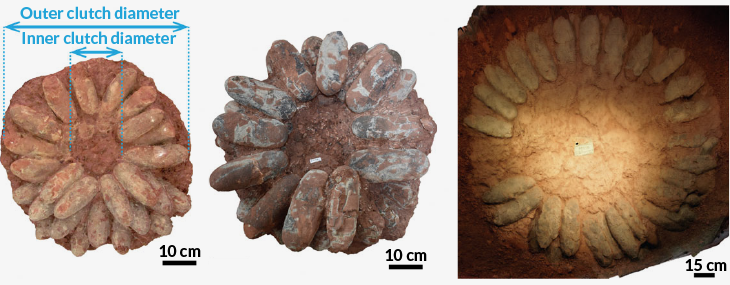biology The study of living things. The scientists who study them are known as biologists.
birds Warm-blooded animals with wings that first showed up during the time of the dinosaurs. Indeed, dinosaurs are their ancestors. Birds are jacketed in feathers and produce young from the eggs they deposit in some sort of nest. Most birds fly, but throughout history there have been the occasional species that don’t.
brood A group of related animals that emerges in a specific region in the same year. Depending on the animal type, the collective group is sometimes also known as a year class. (verb) The act of guarding and/or incubating eggs.
clutch (in biology) The eggs in a nest or the hatchlings from that collective group of eggs.
diameter The length of a straight line that runs through the center of a circle or spherical object, starting at the edge on one side and ending at the edge on the far side.
dinosaur A term that means terrible lizard. These ancient reptiles lived from about 250 million years ago to roughly 65 million years ago. All descended from egg-laying reptiles known as archosaurs. Their descendants eventually split into two lines. For many decades, they have been distinguished by their hips. The lizard-hipped line are believed to have led to the saurichians, such as two-footed theropods like T. rex and the lumbering four-footed Apatosaurus (once known as brontosaurus). A second line of so-called bird-hipped, or ornithischian dinosaurs, appears to have led to a widely differing group of animals that included the stegosaurs and duckbilled dinosaurs. But a new 2017 analysis now calls into question that characterization of relatedness based solely on hip shape.
egg The unfertilized reproductive cell made by females.
emu A large, flightless bird. Only the ostrich is a larger bird. The emu is native to Australia, Indonesia, the Philippines and some South Pacific islands. The animal belongs to a very primitive family within modern birds. It eats fruits, seeds and insects and tends to travel over a broad region rather than settling down in one small area.
oviraptorosaur A group of feathered dinosaurs with beaks. Their short, toothless heads sported an ornamental crest on top. Some were as small as sheep. Others had bodies that stretched up to 6.7 meters (22 feet). As theropod dinosaurs, they evolved from meat eaters. But once they lost their teeth, their diet likely broadened to include plants.
paleontologist A scientist who specializes in studying fossils, the remains of ancient organisms.
species A group of similar organisms capable of producing offspring that can survive and reproduce.
strategy A thoughtful and clever plan for achieving some difficult or challenging goal.









